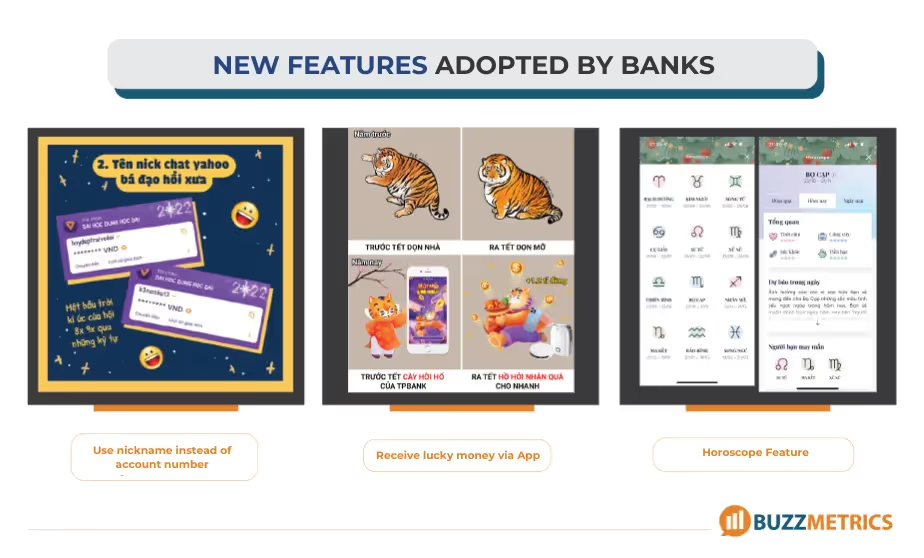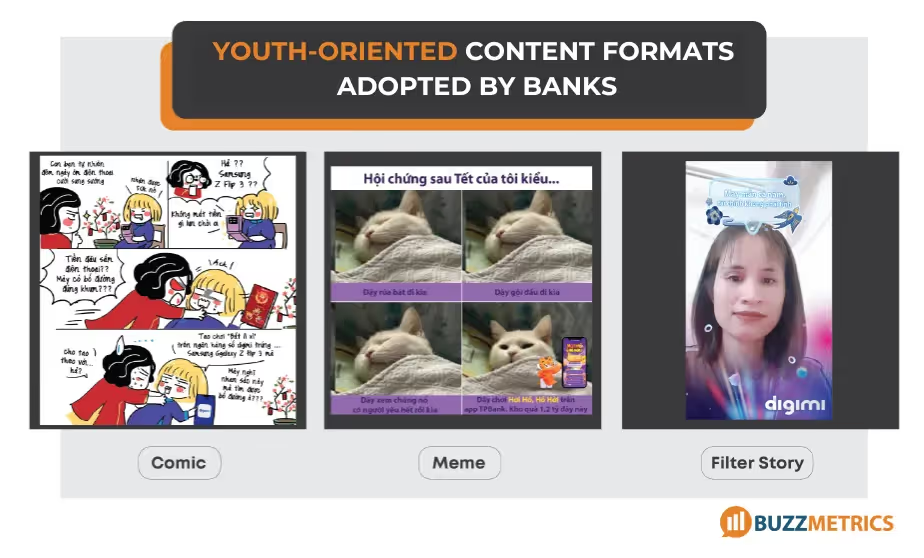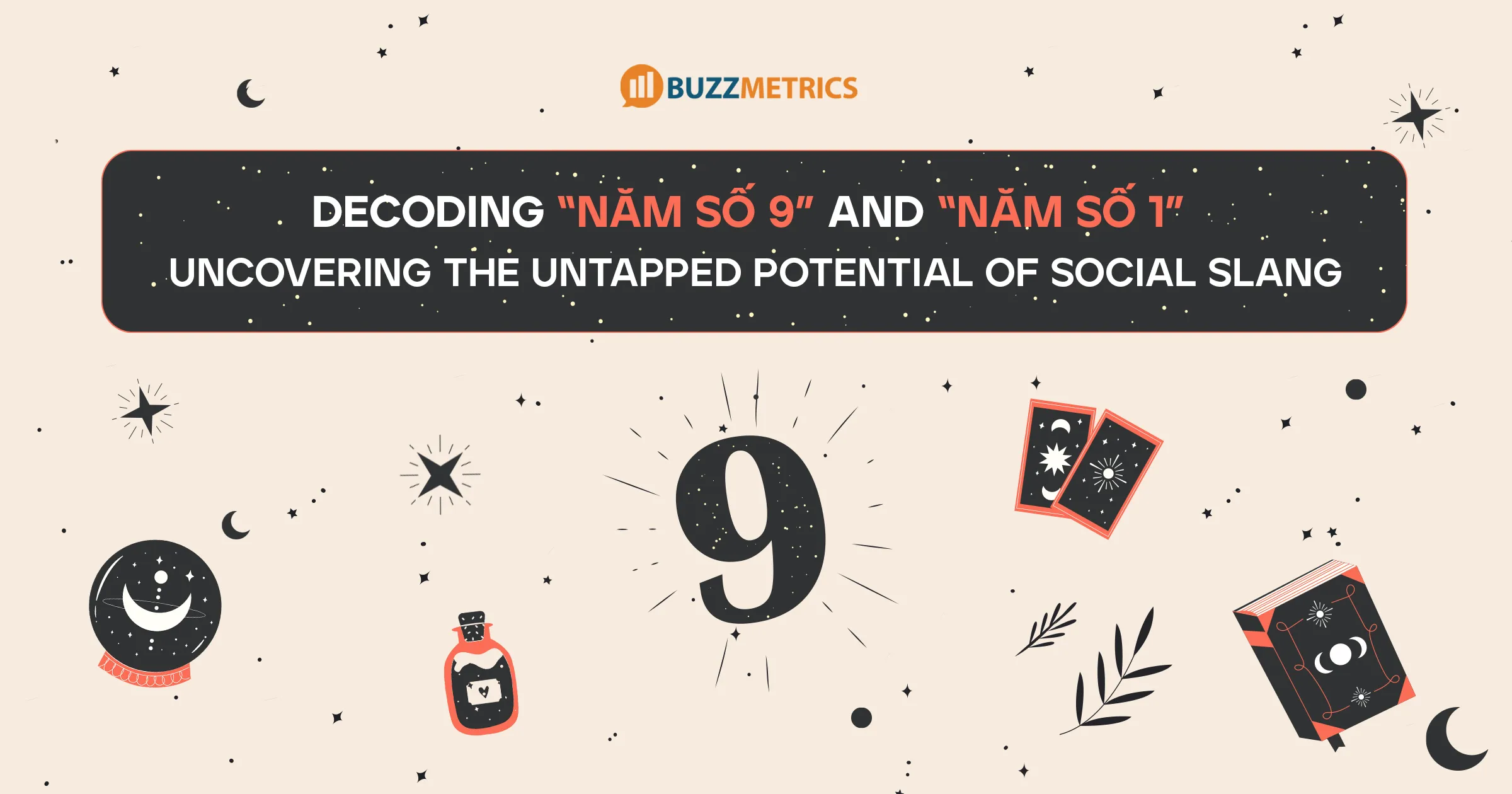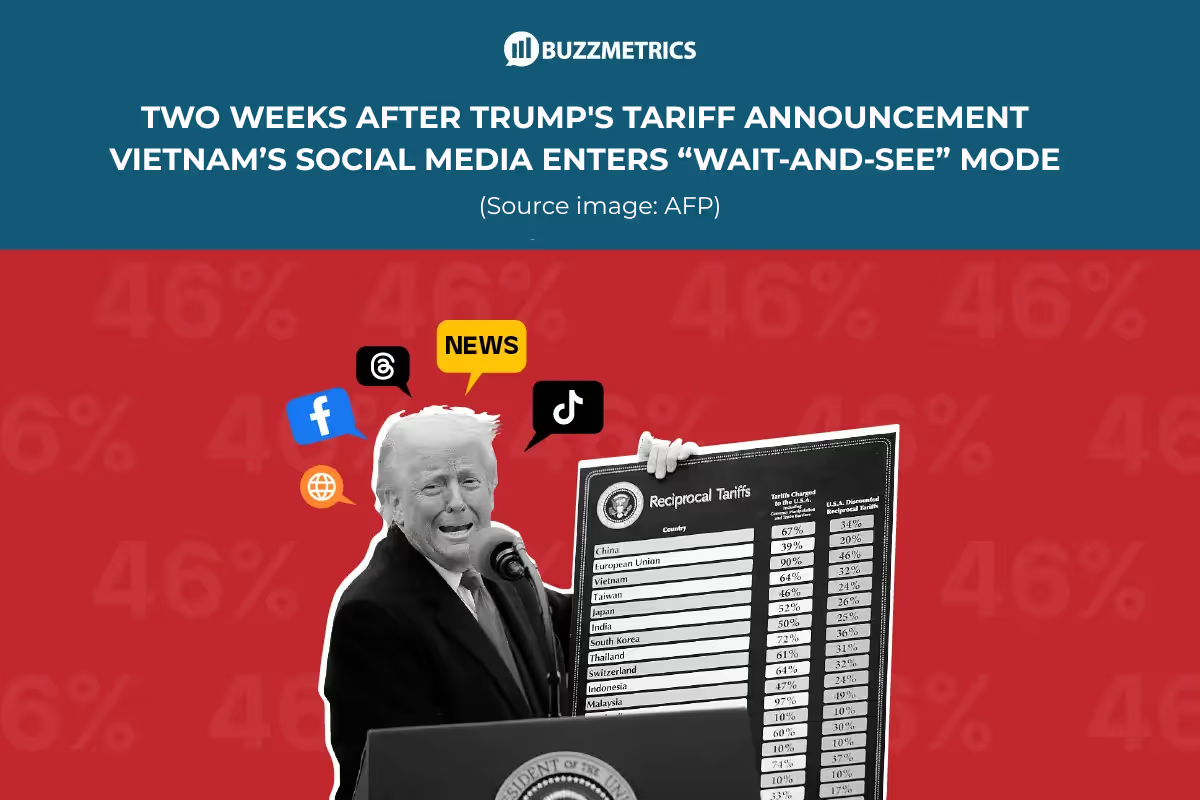Understanding the Youth-oriented Content Trend in the Banking Industry
_11zon.avif)
Following a disruptive 2021 caused by the pandemic, the banking industry has witnessed an emergence of new trends. One of the most notable in recent times is the shift toward youth-oriented content to target Gen-Z - a key customer segment with strong potential in the future.
Following a disruptive 2021 caused by the pandemic, the banking industry has witnessed an emergence of new trends. One of the most notable in recent times is the shift toward youth-oriented content to target Gen-Z - a key customer segment with strong potential in the future. Currently, when examining the share of social media discussions across age groups, Gen Y remains the most active generation while Gen-Z ranks second with 12.9%. However, Gen-Z is still in the early stages of becoming key purchasing decision-makers and their role in the banking industry is expected to grow significantly. Their distinct behaviors on social media also call for appropriate communication strategies. As a result, understanding Gen-Z and how competitors are adapting to reach them has become a strategic priority for banks. In this article, Buzzmetrics will provide marketers with the latest data and insights to navigate this emerging trend effectively.
- Gen-Z’s expectations for the Banking Industry
- Banking initiatives for Gen-Z
In addition to exploring the youth-oriented content trend, Buzzmetrics also conducts research on various other topics within the banking industry. To gain a comprehensive view of this industry over the past period, please refer to the full report here.
1. What does Gen-Z expect from the Banking Industry?
In Buzzmetrics’ general report on Gen-Z, one notable behavior of this group is their tendency to share opinions in communities made just for them. Although they still participate in discussions across various platforms, their comments often do not reveal clear interests or expectations. This behavior is also reflected in conversations about the banking industry, posing a challenge for brands aiming to engage them. Specifically, when analyzing Gen-Z's discussion sources related to banking, official bank fanpages create less buzz than Gen-Z-focused communities and pages. Additionally, comments on banking fanpages do not show significant differences between Gen-Z and other segments: Most of Gen-Z’s comments primarily revolve around service reviews, brand quality,...
_11zon.avif)
However, analysis of Gen-Z-focused communities and pages reveals a completely different picture. On these platforms, Gen-Z begins to speak more openly about their “unique” expectations such as having lucky account number, app with features that support financial management and ATM access that is widely available,... Therefore, reaching Gen-Z requires greater effort than with other segments, as Gen-Z has higher expectations and tends to engage more actively on niche platforms.
2. How Are Banks Responding to Gen-Z’s Expectations?
From a branding perspective, several banks have started focusing more on communication efforts to reach Gen-Z. This shift in brand strategy is reflected in three key elements: (1) New features, (2) Creative content and (3) Communication format. In terms of features, to attract young users, many banks have enhanced their e-banking apps beyond basic functions such as payments and transfers, integrating more playful utilities. For example, MB Bank introduced a horoscope feature within its app, while TPBank integrated a virtual lucky money feature during Lunar New Year,... These additions have received positive feedback from young users, who have expressed interest in even more unique and entertaining features such as astrology maps, look up prayer guides, feng shui, daily horoscopes,...

In terms of content creation, banks are showing a stronger ability to catch “trend”. Popular topics in the music scene (such as viral songs like "Mang Tiền Về Cho Mẹ" or "Si Tình") are cleverly repurposed by brands as creative material for social media posts. Additionally, many banks are now paying more attention to customizing their apps for specific occasions (during the Christmas season, E-Banking interfaces may be decorated with Christmas trees,...).

The communication format used by banks have also seen significant changes. In the past, most bank posts were lengthy and focused mainly on promoting products or outlining promotional details. Brands today are becoming more creative in embedding their campaigns into comic-style narratives, using language that feels more casual and infused with Gen-Z flavor (use social slang like “khum” or “sin lũi”,...). In addition to comic-style, brands have also introduced filter story and meme - formats that are especially favored by Gen-Z audiences.
3. Conclusion
Gen-Z is a future customer segment across various industries, including banking. As a result, brands that succeed in establishing early connections with Gen-Z are more likely to secure a long-term competitive edge. In the banking industry in particular, several brands have started creating youth-oriented content and are receiving positive feedback from Gen-Z. With an industry facing intense social media competition like banking, these brands are demonstrating a strong ability to keep up with trends and generate more positive impact compared to others.
Article Information










.png)


_11zon.webp)

.webp)
















